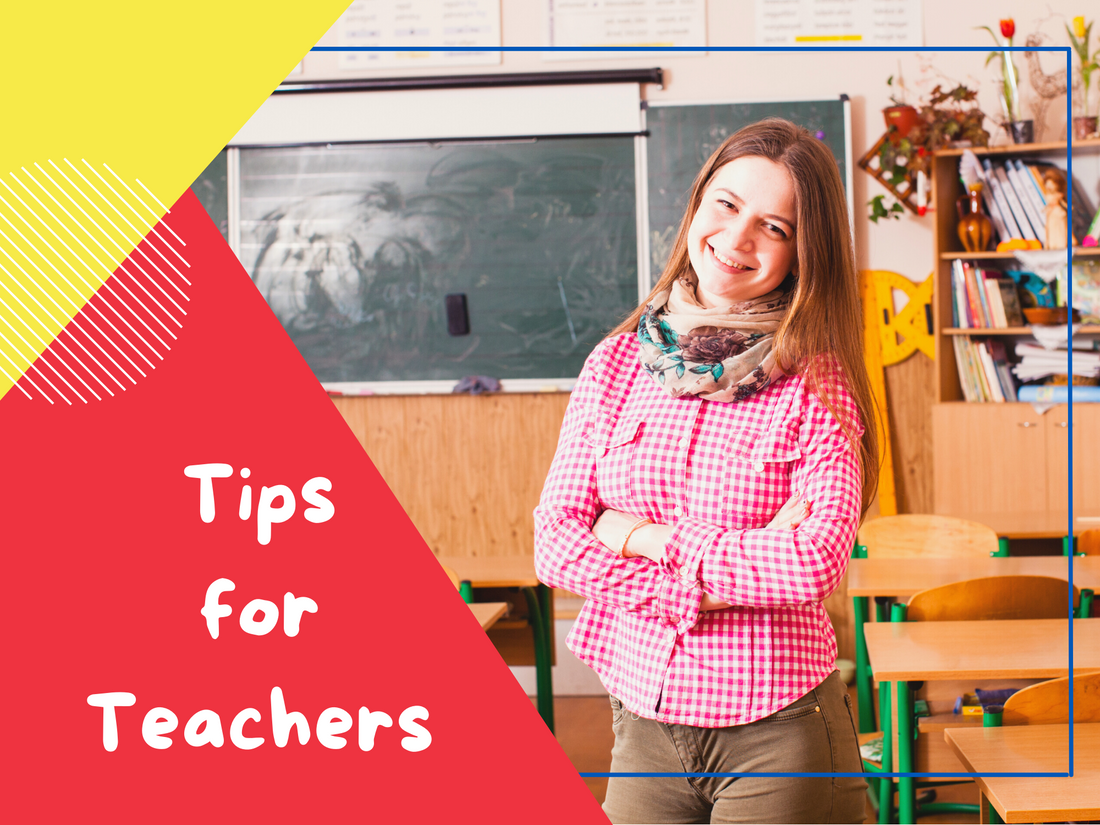What are the Qualities of a Good Teacher?
“Teaching might even be the greatest of the arts since the medium is the human mind and spirit.” - John Steinbeck, American Author
Great teaching is more than a nine-to-five job where you clock in and clock out. Effective teachers maintain a delicate balance between instruction and inspiration, discipline and mercy, and the planned and spontaneous as they direct an entire classroom while meeting individual needs. Outstanding teachers are true artists molding and shaping the human mind and spirit in its most malleable and impressionable stage, childhood.
Sometimes a teacher can find maintaining their perspective and good intentions difficult when facing a challenging, over-active class. Here are some qualities of good teaching to keep in mind.
- Be Organized – Along with having a daily lesson plan, have a backup plan, too. If the kids are just too wiggly that day for sitting to do individual work, be willing to change it up. Put them into small groups in different parts of the room to work on it together.

Part of being organized is having effective classroom management and structure. Taking a few minutes to talk with your class to set clear expectations for everyone in the classroom, can save a great deal of hassle for you later in the year. Remember the important part of classroom management is consistency.
Have a plan for your own professional development and career path. You will more readily connect with your students’ learning processes if you are engaged in learning and improving, too.
“The mediocre teacher tells. The good teacher explains. The superior teacher demonstrates. The great teacher inspires.” - William Arthur Ward, inspirational author.
- Use Positive Body Language – Treat your teaching responsibilities and your students with respect both in words and physical actions. According to Ignacio Lopez, an assistant professor of Education at National-Louis University, successful teachers are aware of their demeanor and body language. It’s not changing your physical presence, but thinking of your posture, energy level, and facial expressions.

Instead of sighing and whining that the class has to do something you’re not excited about, put a smile on your face and a bounce in your step. Doing so will convey your enthusiasm to get it out of the way so you can move onto a different subject matter or activity. Your enthusiasm will keep your students engaged in the learning process.
“I entered the classroom with the conviction that it was crucial for me and every other student to be an active participant, not a passive consumer...education that connects the will to the know with the will to become.” - Bell Hooks, American author, professor, feminist, social activist
- Be a Positive Thinker – A positive thinker surrounds themselves with positive things. Keep your workspace nice and neat with uplifting items and pictures that bring a smile to your face.

A positive thinker avoids negatives thoughts like complaining teachers in the staff room or countdowns to school holidays and end of terms.
A positive thinker thinks of students as teammates, not adversaries. With positive communication skills, you can increase each student’s understanding that perseverance makes experts in learning. Positive vibes will rub off one another other making each day full of happiness for you and your students.
“The need for imagination, as a sense of truth, and as a feeling of responsibility – these are the very forces which are the very nerve of education.” - Rudolf Steiner, American philosopher, social reformer
- Incorporate Movement – many students, especially boys, learn through movement. My high functioning autistic daughter processes through large muscle movement. In high school, she was given a free pass to go get a drink of water whenever she needed to move.

Use songs to learn new material. Have a one-minute dance time. Use a thirty-second yoga balance pose to increase the individual focus of an antsy student.
You work with energetic young people, so join them in positive movement. You might be surprised how movement can raise student achievement.
“Thirty-one chances. Thirty-one futures, our futures. It’s an almost psychotic feeling, believing that part of their lives belongs to me. Everything they become, I also become. And everything about me, they helped create.” - Esme Raji Codell, teacher, librarian, author
- Embrace Teaching – Be enthusiastic and teach with passion – students will buy-in and more readily engage in the learning process. Encourage student questions. Questions mean processing is happening.

Student learning soars when the learning process incorporates humor and fun. So have fun. Include engaging activities to help students take ownership of their individual learning process.
Keep your enthusiasm for teaching going by sharing with others outside of the school setting the joy you find in teaching.
“The art of teaching is the art of assisting discovery.” - Mark Van Doren, American poet, writer, critic
- Use Stories – Everyone loves a good story. A story helps children connect what they are learning to the real world around them and helps them retain new concepts. Don’t be afraid to use a personal story. Children love to learn more about their teachers.

“No one has yet fully realized the wealth of sympathy, kindness, and generosity hidden in the soul of a child. The effort of every true education should be to unlock that treasure.” - Emma Goldman, political activist, writer
- Care about the Student – Come to understand what motivates each student. What challenges they are facing. Be willing to meet them where they are and help them with life skills.

While teaching an eleven-year-old Sunday School class, I had a particularly difficult student. This student was physically larger than I was, and he craved attention. He said he had ADHD, and he regularly engaged the other students in negative ways.
His parents struggled to get to church. I had to figure out a positive way to deal with the situation without referring to his parents. I discovered he loved to build with Legos. We made a deal. He got to play with a small bag of Legos during class, but only if the Legos stayed under the small classroom table.
This solution worked amazingly well. He came to understand I cared about him and not just how he behaved. Within a few weeks, he started poking his head out from under the table to answer questions. Within six months, he no longer played with the Legos. He sat in a chair and fully participated in our lessons.
Sometimes all you need to be a great teacher is to really care about the students you teach.
Teacher Power Energy Drinks
Great teaching calls for an energized teacher. Teacher Power Energy Drinks have you covered. Our energy drinks are simply formulated, sugar-free, and budget-friendly.

We offer six delicious flavors. If you have a hard time choosing between them, try out our sample pack to discover your favorite flavor. (The strawberry lemonade is lip-smacking delicious. Oh, but there are times the black cherry hits the spot, too. Choices, choices, choices.)
Every serving provides a full array of B vitamins and 100 mg of caffeine to boost your day. Is that too much caffeine? No problem. Just use a half-scoop of the powdered mix instead of a full one. And the best part, with no added sugar, there is no associated crash with Teacher Power Energy Drinks.
Why wait? Teacher Power powers teachers to light fires in young minds. And a portion of every Teacher Power purchase goes towards purchasing needed classroom supplies.
Article by Jae O. Haroldsen
Sources:
Lopez, Ignacio. “5 Powerfully Positive Teaching Strategies.” TeachHUB.
“Tips for Developing Positive Teacher Student Relationships.” Education.gov.gy. 2014. https://www.education.gov.gy/web/index.php/teachers/tips-for-teaching/item/998-tips-for-developing-positive-teacher-student-relationships?tmpl=component&print=1
“10 Top Positive Tips for Teachers.” Tradewind Recruitment Post. 2018. https://www.twrecruitment.com/post/2018-8/10-top-positive-tips-for-teachers
“Top Qualities of an Effective Teacher.” Center for New Designs in Learning and Scholarship; Georgetown University. https://cndls.georgetown.edu/atprogram/twl/effective-teacher/
The content of Teacher Power’s website is for information only, not advice or guarantee of outcome. Information is gathered and shared from reputable sources; however, Teacher Power is not responsible for errors or omissions in reporting or explanation. No individuals, including those taking Teacher Power products, should use the information, resources or tools contained within to self-diagnosis or self-treat any health-related condition. Teacher Power gives no assurance or warranty regarding the accuracy, timeliness or applicability of the content.

